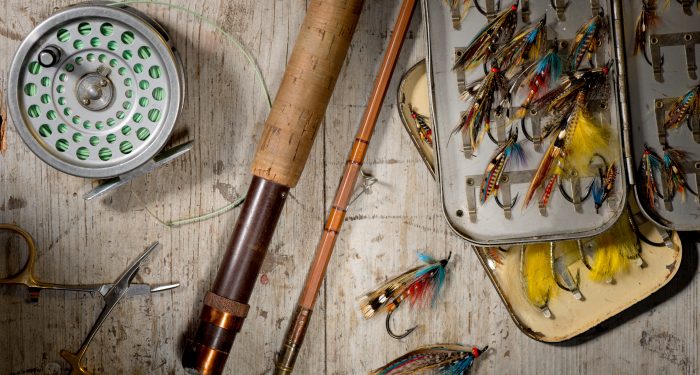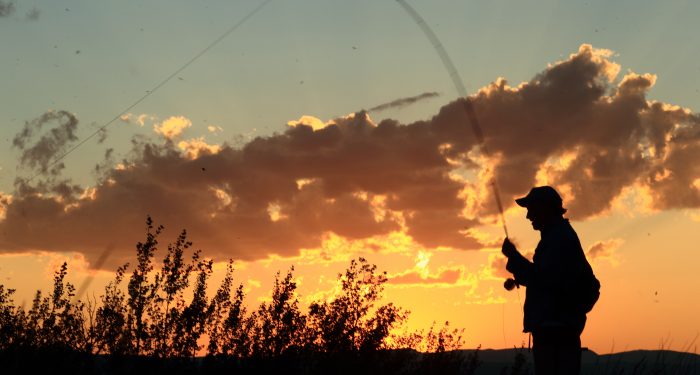Fly Rods are like Potato Chips; It’s Tough to Stop at One!

Fly rod/reel selection is dependent upon the type of fishing you are doing. Fish species and water type determine what the “best” setup is. A nine-foot 6wt rod is generally accepted as the most versatile, all-around rod, and that makes it a great choice for a first rod. Depending on your location and where you will be spending the majority of your time, a 5wt may be a better fit, but the 5wt is more limited to trout or smaller species.
With a 6wt rod and reel loaded with floating line, you can trout fish large western rivers, make do in smaller trout streams, handle bass, panfish, or pike in lakes or ponds, and even pursue smaller bonefish on saltwater flats. In some cases, it will be ideal, and in others, less than ideal, but the versatility makes it a great place to start. You would be hard-pressed to find many serious fly fisherman who don’t have a nine-foot 6wt in their collection of rods.
Fly rods are a bit like potato chips; it’s hard to have just one! As you get more involved in the sport, specialty rods have great appeal and make fly casting more enjoyable. They will also make you more successful because a rod that is well-matched to the situation will improve your ability to cast, present the fly, and land fish. So, the next rod might be a heavier rod for larger fish or a lighter and potentially shorter rod for smaller fish or smaller fisheries. It’s often a good idea to step up or down two rod sizes, so if you start with a 6wt, then you might go to an 8wt for larger species and a 4wt for smaller species. If you start with a 5wt rod, then you may ultimately add a 7wt and 3wt.
Like all endeavors, the more you invest in all aspects of the sport, the more satisfying it becomes. Much of the beauty in fly fishing stems from the myriad of variables which make perfection elusive and keep us coming back for more.



